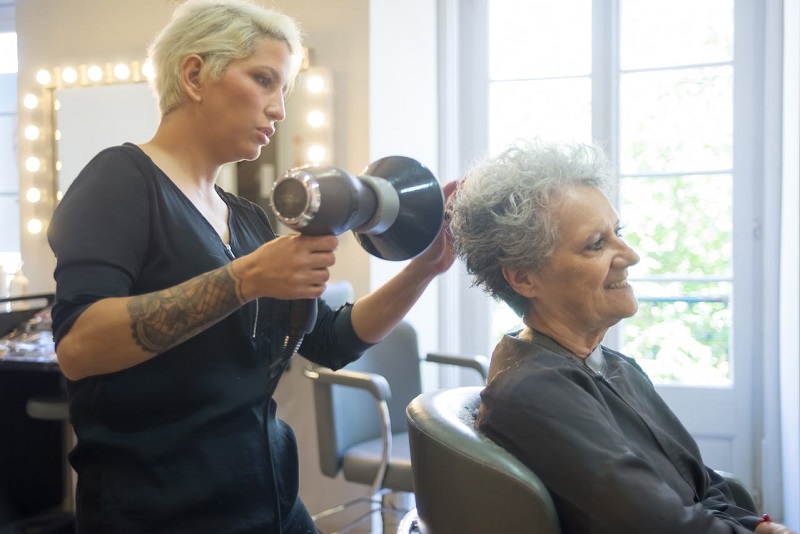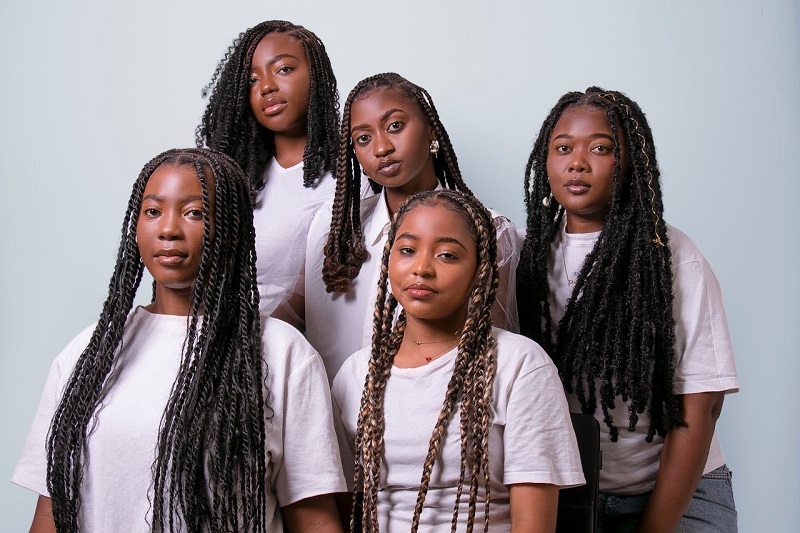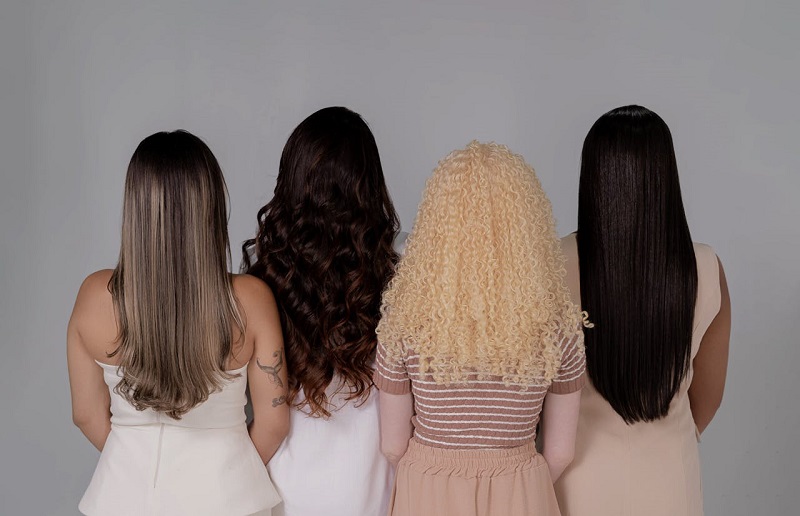It’s astonishing how a single hairstyle can dominate pop culture one year and become outdated the next.
While some hair trends fade away like yesterday’s news, others remain firmly rooted in our collective consciousness.
This article will dissect the reasons behind this phenomenon, offering you a deeper understanding of the lifecycle of hair trends.
By the end, you’ll be equipped with knowledge on how to embrace enduring styles that enhance your personal flair.
1. The Role of Pop Culture and Celebrities

How trends are influenced
Celebrities, influencers, and social media play a massive role in popularizing hairstyles.
When a famous actor, singer, or influencer debuts a new look, it often sparks a surge in popularity, driving millions to copy the style.
However, these trends often have a short lifespan because they are tied to a specific personality or moment in time.
Examples of celebrity-driven trends
- The “Rachel” haircut from the TV show Friends, which became iconic in the 1990s.
- Bold neon hair colors popularized by music artists that fade as the season changes.
- Celebrity bangs or fringe styles that peak quickly and then lose momentum.
2. Innovation vs. Practicality
Why some styles don’t last
Cutting-edge, experimental hairstyles often capture attention but may not be practical for daily life.
Styles that require excessive maintenance, heat styling, or expensive salon visits are harder for the average person to sustain, causing them to fade quickly.
Enduring styles tend to be practical
- Simple cuts like layered bob hairstyles or classic long layers are easy to manage.
- Natural textures and manageable lengths tend to endure trends because they are adaptable and low-maintenance.
3. Cultural and Historical Influences

Long-lasting trends often have roots in tradition
Hairstyles with cultural or historical significance often resist the ebb and flow of short-term trends.
Traditional styles, passed down through generations, remain relevant due to their symbolism, functionality, or timeless aesthetics.
Examples of timeless influences
- Classic updos and chignons that have been staples in formal occasions.
- Natural curls or braids rooted in African, Latin, or Asian hair traditions.
- Iconic cuts like the pixie or sleek bob, which have historical and cultural recognition.
4. Versatility and Adaptability
Why adaptable styles last longer
Haircuts and colors that can be customized to suit different face shapes, hair types, and personal styles tend to endure.
Versatility allows individuals to personalize a trend, making it feel more authentic and sustainable over time.
Examples of versatile styles
- Layered haircuts that work for straight, wavy, or curly hair.
- Balayage or subtle highlights that grow out naturally without harsh lines.
- Medium-length cuts that can be styled for casual, professional, or formal occasions.
5. Media Hype vs. Authenticity

Why authenticity matters
Many trends are driven by media hype, advertisements, and social media algorithms, which create a temporary frenzy.
In contrast, authentic styles that flatter natural features, suit lifestyles, and feel genuine tend to stay relevant for longer periods.
Choosing authentic styles
- Focus on cuts that complement your face shape and hair texture.
- Embrace styles that are easy to maintain and enhance natural beauty.
- Avoid trends that feel forced or uncomfortable, even if popular on social media.
Conclusion
Hair trends are influenced by a combination of pop culture, practicality, historical context, versatility, and authenticity.
Celebrity endorsements and social media can make certain hairstyles explode in popularity, but these trends often fade when maintenance becomes impractical or interest wanes.
Conversely, styles grounded in tradition, cultural significance, or simple, manageable cuts remain timeless.
Versatility also plays a key role—hair trends that can be adapted to different face shapes, hair types, and personal lifestyles have a higher chance of enduring.
Authenticity is equally important; hairstyles that feel natural, enhance individual features, and suit a person’s daily life often outlast media-driven fads.
By understanding these dynamics, individuals can make informed choices about which hairstyles to adopt, focusing on looks that are both stylish and sustainable.
Whether you are seeking a bold new trend or a classic look, balancing practicality with personal expression ensures your hairstyle not only stands out but also stands the test of time.
For content creators, exploring the reasons behind why trends fade or endure offers opportunities for engaging articles, styling guides, and trend analysis that readers will find both educational and actionable.
Frequently Asked Questions
- Q1: Why do some hair trends fade quickly?
- A1: Hair trends often fade due to excessive maintenance requirements, limited versatility, or being tied to short-lived celebrity or media hype.
- Q2: What makes a hairstyle timeless?
- A2: Timeless hairstyles are practical, versatile, culturally significant, and complement natural hair texture and face shape.
- Q3: How do celebrities influence hair trends?
- A3: Celebrities and influencers showcase new hairstyles, inspiring mass adoption. However, trends tied to specific personalities often fade once their popularity declines.
- Q4: Can experimental haircuts become timeless?
- A4: Rarely. Experimental cuts often require high maintenance and may not suit all hair types, making them less likely to endure beyond seasonal trends.
- Q5: How can I choose a hairstyle that lasts?
- A5: Focus on styles that suit your hair type, face shape, lifestyle, and maintenance preferences. Versatile, authentic, and practical cuts have the best chance of staying relevant. Ready to find your perfect, long-lasting hairstyle? Focus on authenticity, practicality, and versatility to choose trends that truly stand the test of time.
Other Blog Posts
- 5 Living Room Features Guests Always Notice First
- 7 Easy Décor Updates That Can Transform a Room Instantly
- 7 Creative Birthday Gift Ideas That Will Make Anyone Smile
